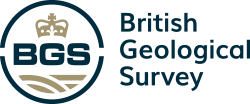Scientific report published
BGS was requested by the UK Government to address six questions related to recent scientific research on the hazard and risk from induced seismicity during hydraulic fracturing of shale rocks.
22/09/2022 By BGS Press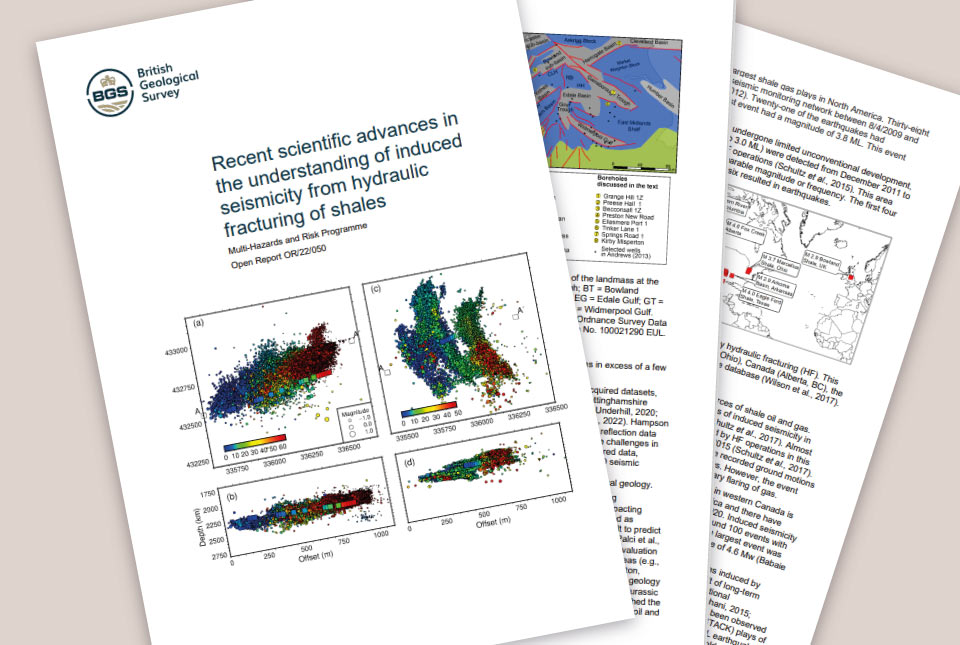
BGS submitted the report ‘Recent scientific advances in the understanding of induced seismicity from hydraulic fracturing in shales’ to the UK Government on 5 July 2022. This was in response to a Government request for a review of new scientific evidence focusing on the period from November 2019 until the present.
The report has been externally peer-reviewed by independent experts both within and outside the UK. The report draws on existing peer-reviewed data and research from academic journals, as well as on information from relevant technical reports from regulators and public bodies.
The UK Government requested BGS address six questions related to recent scientific research on the hazard and risk from induced seismicity during hydraulic fracturing of shale rocks. For more information about these questions, please refer to the letter from the Secretary of State.
This report concludes that forecasting the occurrence of large earthquakes and their expected magnitude is complex and remains a scientific challenge. As a result, our ability to evaluate and mitigate risks from hydraulic fracturing-induced seismicity and predict the occurrence of larger earthquakes during hydraulic fracturing operations is also a challenge.
This report also concludes there are new seismic data analysis methods that could help to manage the risk of seismic activity from hydraulic fracturing in shales. Further work is needed to develop these methods and incorporate them in risk assessments.
If you have any enquiries on the findings of the scientific report, please email our Press Office.
If you have any other queries then please contact the BEIS press office.
Further information about our research is also available on our website:
Frequently asked questions
BGS submitted the report ‘Recent scientific advances in the understanding of induced seismicity from hydraulic fracturing in shales to the Department of Business, Energy & Industrial Strategy on 5 July 2022. The report was prompted by a Government request for BGS to conduct a review of science about seismic activity associated with hydraulic fracturing of shales to extract hydrocarbons, focusing on work published between November 2019 and the present.
BGS was requested by the UK Government to address six questions related to recent scientific research on the hazard and risk from induced seismicity* during the hydraulic fracturing of shale rocks. More information about these questions can be found in a published letter from the Secretary of State of the Department of Business, Energy & Industrial Strategy.
*induced seismicity: earthquakes that are caused by human activity, such as hydraulic fracturing and mining.
In order to answer the questions set out by the Secretary of State of the Department of Business, Energy & Industrial Strategy, the report draws on existing data and peer-reviewed research from academic journals and information from relevant technical reports from regulators and public bodies. This includes:
- published examples of induced seismicity related to hydraulic fracturing
- analytical and numerical modelling studies
- geological investigations
- hazard and risk assessments
- our wider understanding of earthquakes in general
No drilling of any further test wells or seismic monitoring took place.
This report has been externally peer-reviewed by independent experts within and outside the UK. The peer-review process was required to independently assess the quality and validity of the work.
The report set out to answer the questions set out by the Secretary of State for the Department of Business, Energy &Industrial Strategy. The report also sets out recommendations where further study is needed.
This report concludes that forecasting large magnitude earthquakes and understanding the mechanisms behind earthquake occurrence remain a scientific challenge. This is the case for tectonic, natural and induced earthquakes.
This report also concludes that methods have been developed that use geological and geophysical data, including real-time analysis of operational data. These methods may help evaluate the potential for induced seismicity and therefore better manage risks both before and during hydraulic fracturing operations. More work is needed to develop these methods and incorporate them into risk assessments. Further research to bring new insights that may reduce uncertainties and improve the mitigation of risks is also required.
A full summary and further information about the scientific content of the review is included within the report.
The report submitted to the Department for Business, Energy & Industrial Strategy answers six specific questions from the terms of reference related to recent scientific research on the hazard and risk from induced seismicity during hydraulic fracturing of shale rocks. While this may help inform any decision about the lifting of the moratorium, our report does not make any conclusions about whether the moratorium should be lifted.
The report concludes that more measurements from boreholes in areas of shale gas potential will improve assessment of risks prior to, and during any hydraulic fracturing operations. For example, recent research demonstrates the importance of geomechanical modelling to identify the faults that are most likely to rupture during operations. These models require accurate mapping of subsurface faults, robust estimates of stress state and formation pore pressures, and knowledge of the mechanical properties of subsurface rocks.
Relative topics
Related news
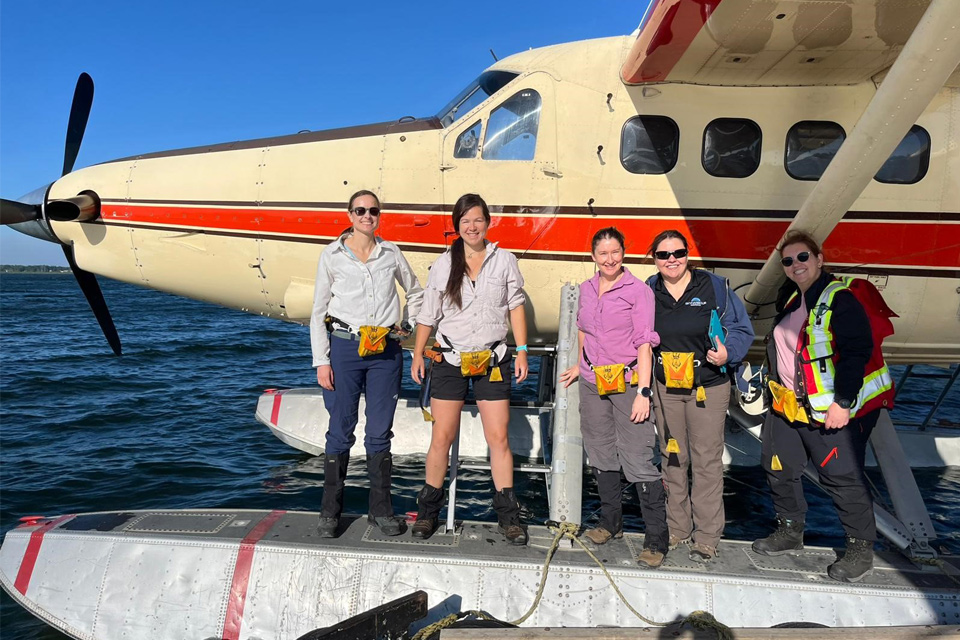
Funding awarded to UK/Canadian critical mineral research projects
08/07/2025
BGS is part of a groundbreaking science partnership aiming to improve critical minerals mining and supply chains.
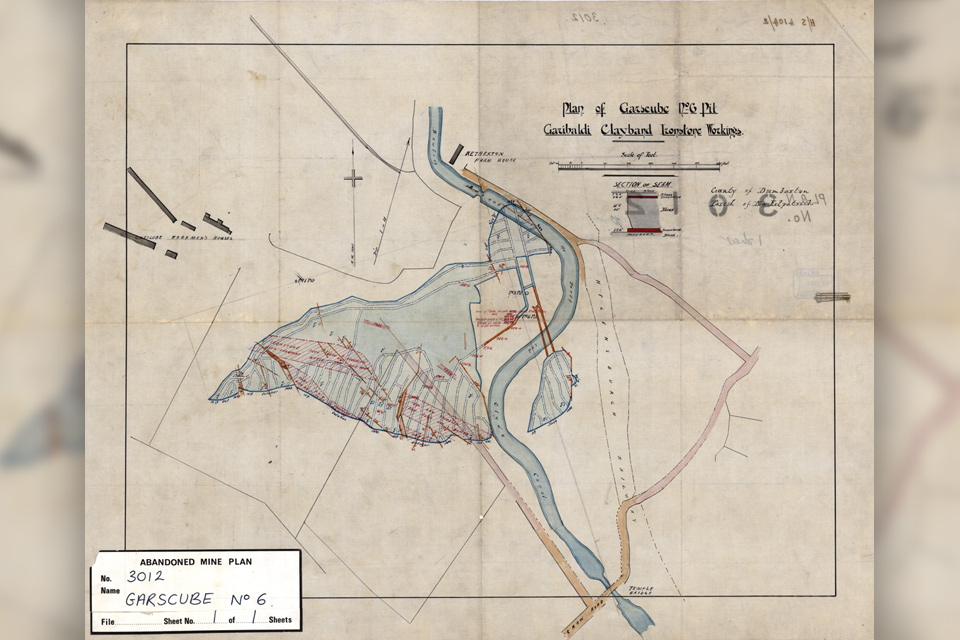
Release of over 500 Scottish abandoned-mine plans
24/06/2025
The historical plans cover non-coal mines that were abandoned pre-1980 and are available through BGS’s plans viewer.
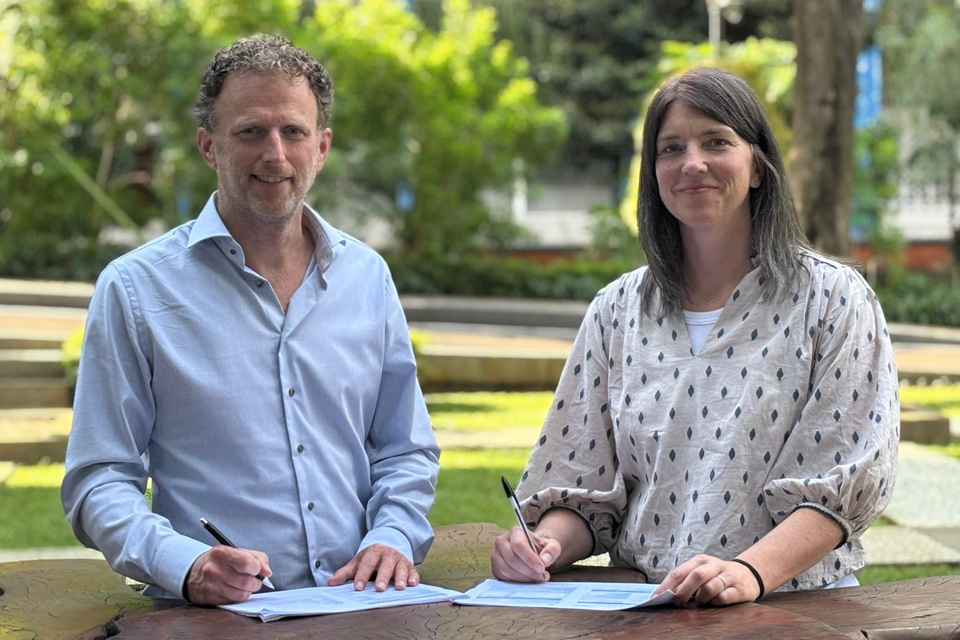
New collaboration aims to improve availability of real-time hazard impact data
19/06/2025
BGS has signed a memorandum of understanding with FloodTags to collaborate on the use of large language models to improve real-time monitoring of geological hazards and their impacts.

Modern pesticides found in UK rivers could pose risk to aquatic life
17/06/2025
New research shows that modern pesticides used in agriculture and veterinary medicines have been found for the first time in English rivers.
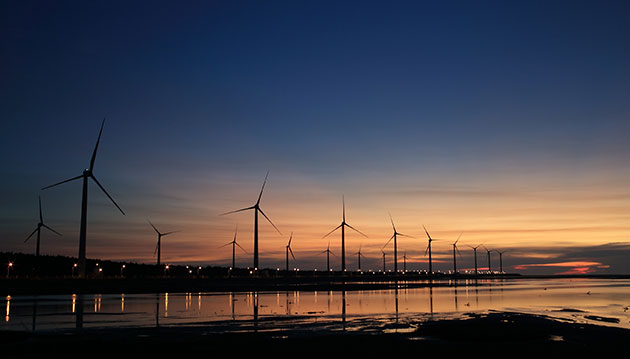
Goldilocks zones: ‘geological super regions’ set to drive annual £40 billion investment in jobs and economic growth
10/06/2025
Eight UK regions identified as ‘just right’ in terms of geological conditions to drive the country’s net zero energy ambitions.

Upgraded web portal improves access to geomagnetism data
02/06/2025
BGS’s geomagnetism portal, which holds data for over 570 observatories across the world, has received a significant update.
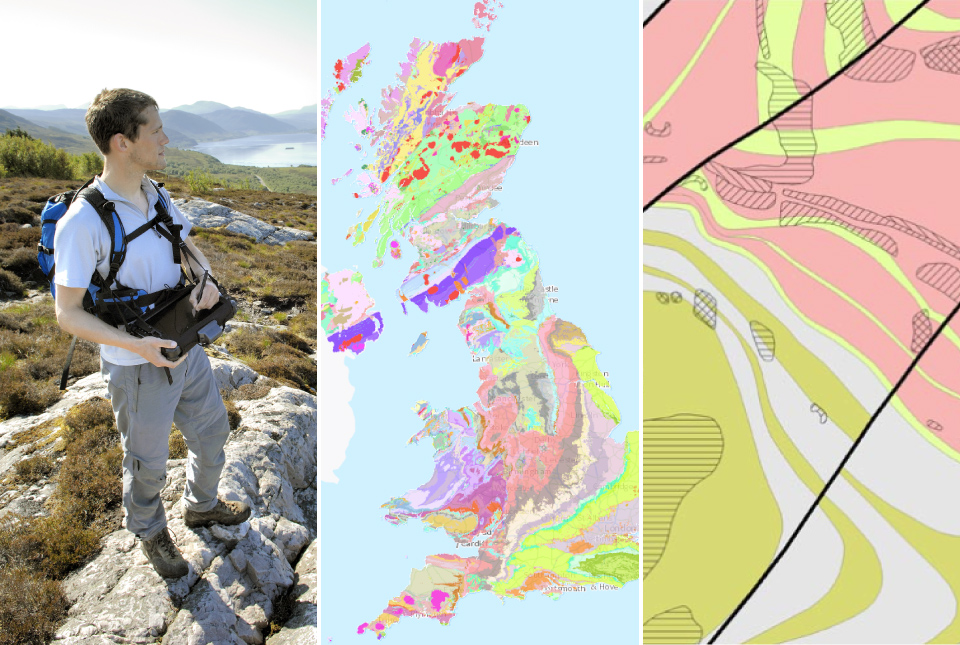
BGS digital geology maps: we want your feedback
29/05/2025
BGS is asking for user feedback on its digital geological map datasets to improve data content and delivery.
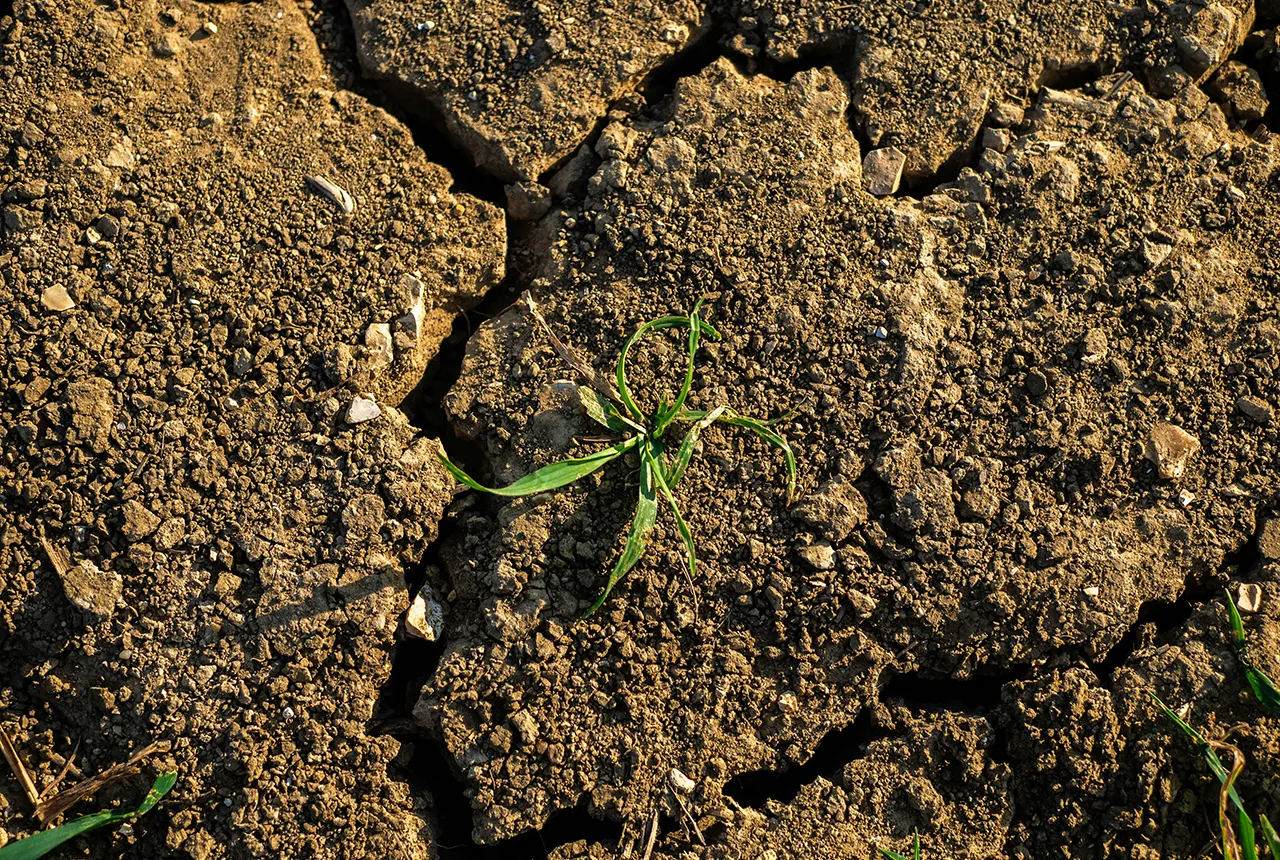
What is the impact of drought on temperate soils?
22/05/2025
A new BGS review pulls together key information on the impact of drought on temperate soils and the further research needed to fully understand it.
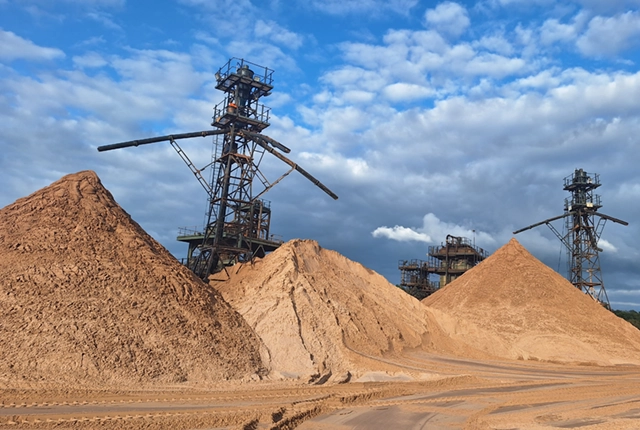
UK Minerals Yearbook 2024 released
21/05/2025
The annual publication provides essential information about the production, consumption and trade of UK minerals up to 2024.

BGS scientists join international expedition off the coast of New England
20/05/2025
Latest IODP research project investigates freshened water under the ocean floor.

New interactive map viewer reveals growing capacity and rare earth element content of UK wind farms
16/05/2025
BGS’s new tool highlights the development of wind energy installations over time, along with their magnet and rare earth content.
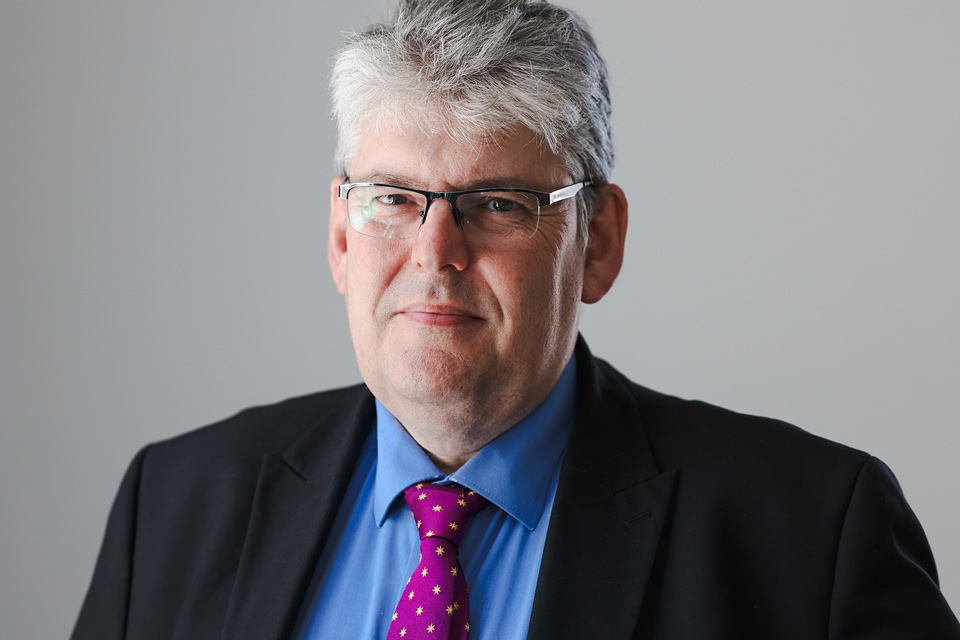
UKRI announce new Chair of the BGS Board
01/05/2025
Prof Paul Monks CB will step into the role later this year.
